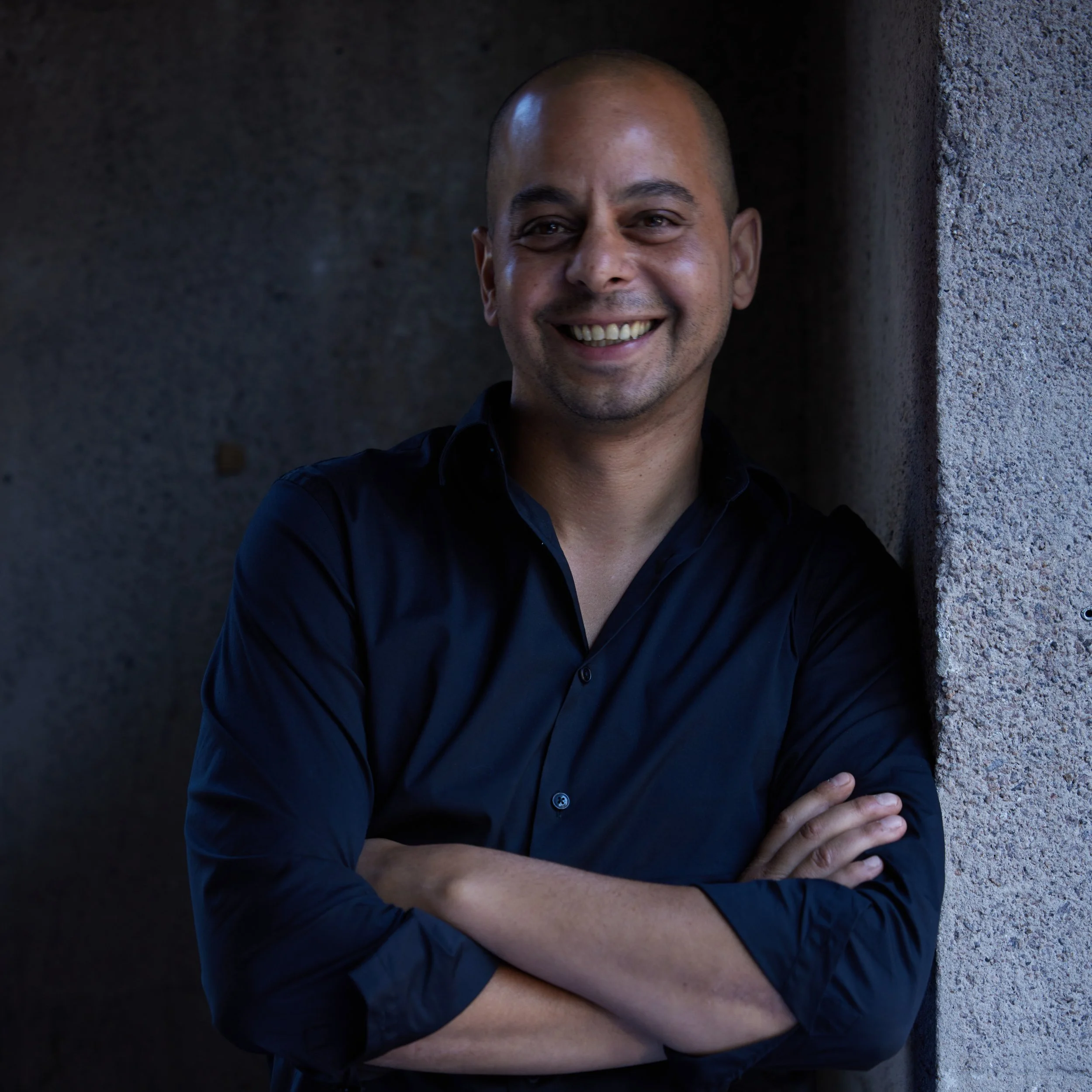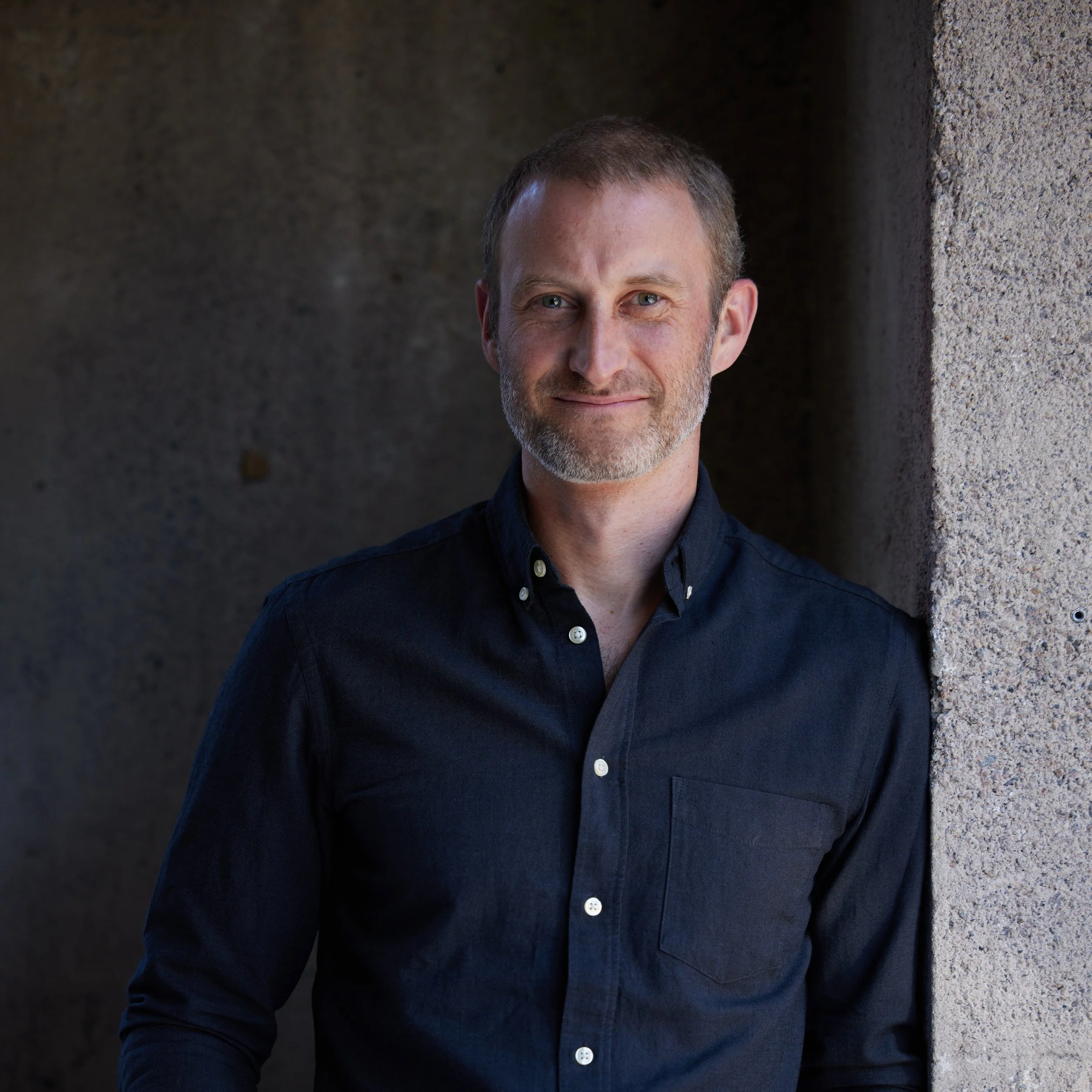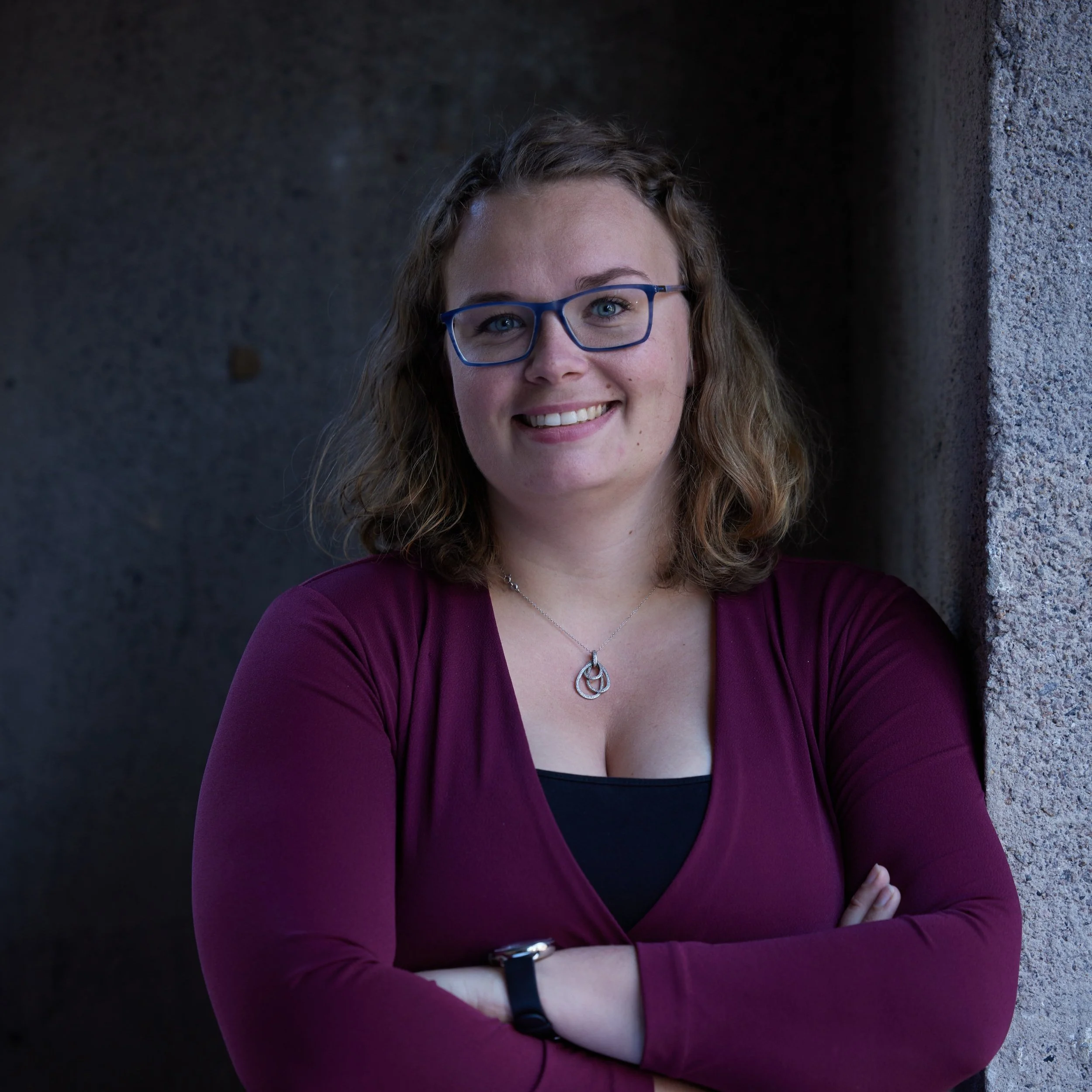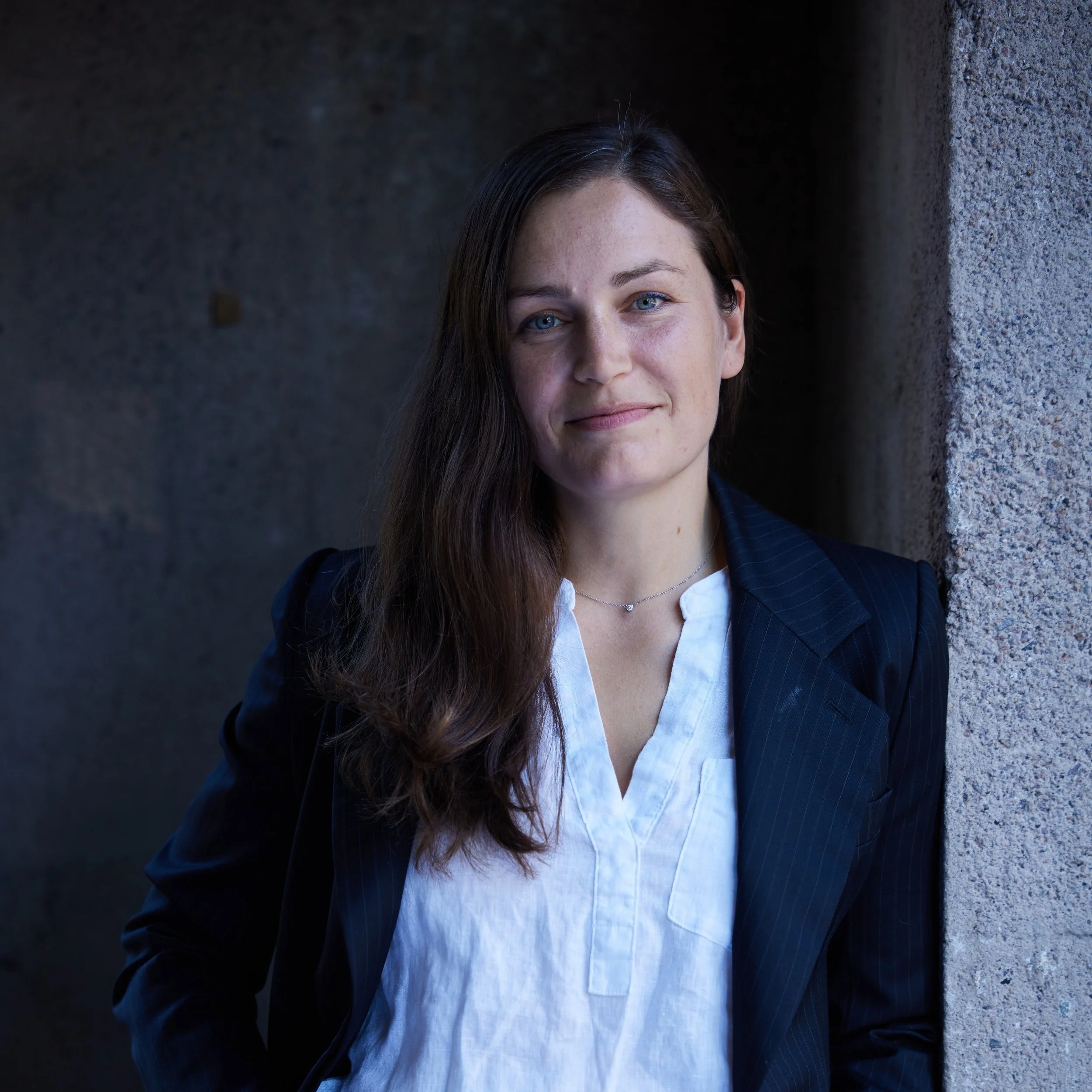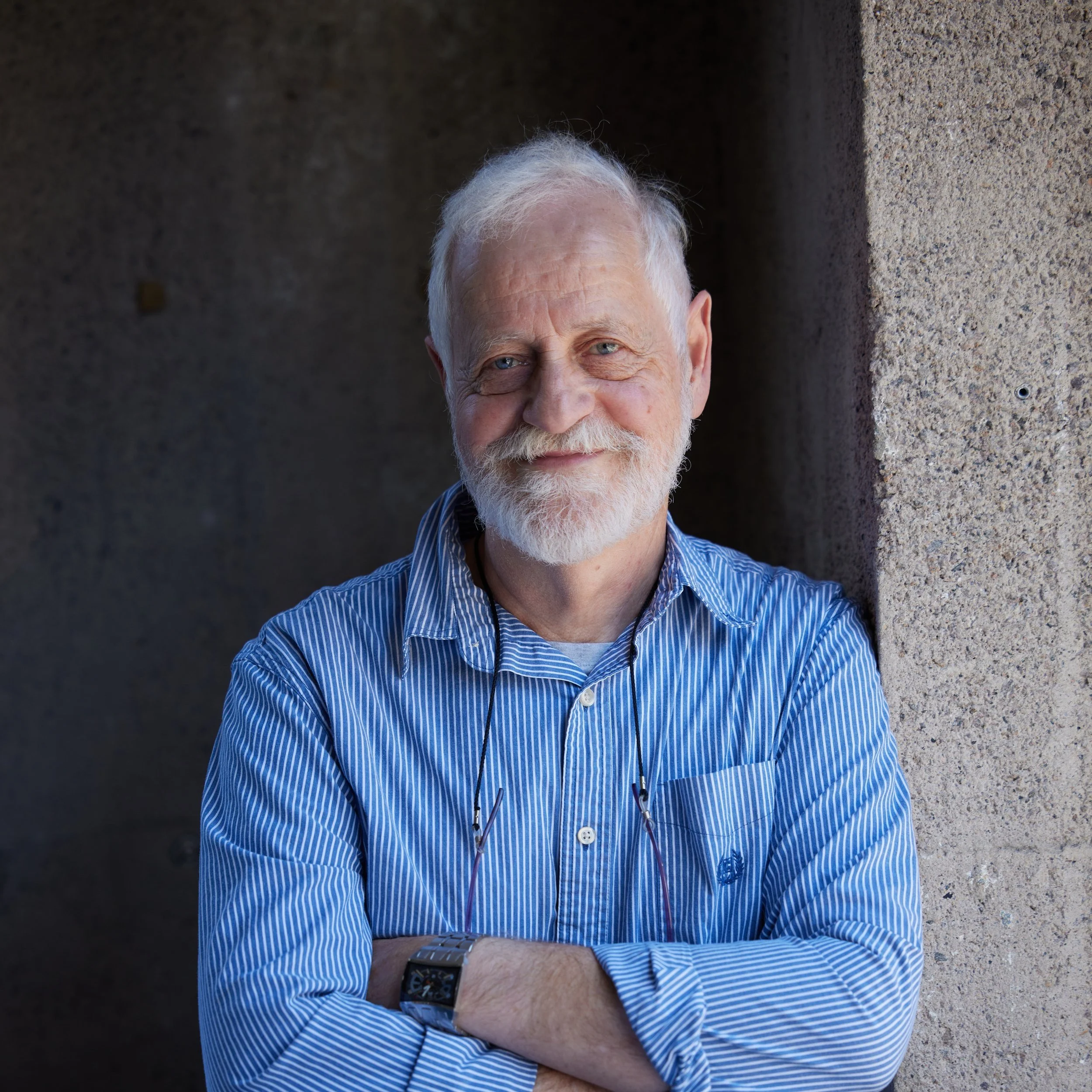Art & Architecture
Founded in 2003, KANVA is a multidisciplinary architecture firm based in Montreal, with backgrounds in architecture, engineering and the natural sciences. The multicultural team is led by Rami Bebawi, Tudor Radulescu, and Killian O’Connor who are committed to promoting sensitive architecture based on an open and innovative design method that seeks to reimagine and transform the built environment. The firm approaches each project as an opportunity to tell a story, to imagine a place, and to broaden the scope and dialogue between art and architecture.
One of KANVA's approaches is expressed through interactive, experiential art installations. As a multidisciplinary collective, we believe in blurring the boundaries between art and architecture.
Our team has acquired essential experience and knowledge by exploring ideas through the realization of physical and digital models, prototypes and full-scale mock-ups to express a concept and assess its feasibility. Through these exploratory techniques, we have expanded our practice to include ephemeral works that complement permanent projects. This mutually beneficial dialogue has enabled conceptual and sensory investigations to positively contaminate new art and architecture. KANVA has acted as curator, artist and project manager for numerous exhibitions.
Our approach
Our projects all share a Heart - Head - Hand approach.
The heart seeks to create an emotional attachment, the head emphasizes the sharing of knowledge, while the hand proposes a call to action for architecture, emphasizing our role as a storyteller and social actor.
Our values
Our methodology is based on a sensitivity to site, the revealing of stories, and the exploration of materials; a process that results in an architecture that articulates an experiential narrative and a critical approach.
-
Our work tends to consider the fragile balance and essential dialogue between humans and the nature that surrounds them. Many of KANVA's projects address this human-nature relationship, often in the public realm, by engaging the user with their environment through a sensitive experience, bringing science and technology to the forefront of this interaction.
KANVA's attitude to sustainable design is one of social responsibility, promoting ecological choices through the built form. Initiatives such as reusing buildings and materials, contributing to densification and enriching proximity services and access to active transportation have provided a refined ideology that harmonizes community and sustainability.
-
By belonging to the public realm, architecture has great potential and social responsibility as a local storyteller. Whether permanent or ephemeral, architecture can teach us about ourselves and our relationship to a place. KANVA's methodology is one that seeks to reveal stories rather than impose them. By revealing stories that have been either forgotten or abandoned, architecture can enrich the history of a nation and serve to forge our identity.
We approach all of our projects with a sensitivity to place. Each project begins with an important research phase. Understanding the land- its context, geography, history and environment is paramount.
-
Public participation is at the heart of KANVA's practice and an integral part of the human-centered design process. KANVA seeks to understand not only the needs of project users, but also those of the community.
For our team, public engagement is an opportunity to deepen our understanding of a project's context and users' needs, while at the same time encouraging reflection and the discovery of new possibilities.
-
We believe that architecture is synonymous with innovation. By its very nature, the act of building should always be a process that requires the broadening of knowledge and the development of new techniques.
With extensive knowledge of construction techniques and a rigorous research and development methodology, KANVA acts as an experimental laboratory for the advancement of construction practices and material innovation. The construction process is the critical phase during which architecture becomes material, and where the synthesis of project requirements and architectural solutions can yield innovative results.



